Teacher Portal
Kinetic and Potential Energy
Investigation 2
CELL Guide
Kinetic and Potential Energy

Phase 1 – Defined Understanding
Student Guide
Download and Distribute
Access Teacher Guide
Student Guide with Answers
Teacher PreLab
Prepare for the Experiment
Phase 2 – Dynamic Understanding
► Investigation Two Summary – Lab Goals
In Investigation Two, you explored the Law of Conservation of Energy as energy converts from one form to another. During this Investigation, you:
1. Measured the light intensity of 40W, 60W, 75W, and 100W bulbs using a light meter.
2. Calculated the average light intensity for each bulb wattage to illustrate the relationship between electrical energy and its conversion to electromagnetic (light) energy.
3. Placed each lit bulb in a Styrofoam cooler and recorded the change in temperature inside the cooler to illustrate the relationship between electromagnetic (light) energy and its conversion to thermal (heat) energy.
► Investigation Two Summary – Learning Goals
Through these experiments, you concluded that:
1. Energy can be converted from one form to another. In this Investigation, electrical energy was converted to light energy, and light energy was converted into heat energy. Electric potential energy was converted to kinetic energy in the forms of light and heat. An increase in electrical energy (40W to 100 W) showed an increase in both light energy (260 lux to 860 lux) and heat energy (temperature change of 17ºC to 39 ºC.
2. The Law of Conservation of Energy says that energy can be converted from one form to another. An increase in electrical energy showed an increase in both light energy and heat energy. The direct relationship between wattage (electrical energy), lux (light energy), and temperature change (heat energy) indicates that energy was conserved. If the Law of Conservation of Energy was not followed, there would not be a direct relationship between the energy conversions.
Launch Concept Slides/Annotations
Mathematics Concepts in This Investigation
- light intensity in lux units
- distance in cm
- wattage
- data table
- data analysis
- calculating averages
- addition
- division
- (in)dependent variables
- place value in hundreds
- line graph
- skip counting by 5, 20,100, and 200
- (in)direct relationships
- patterns/trends
- greater than/less than/equal to
- predict/verify results
- comparing (non)measurable characteristics
- temperature in 0C
